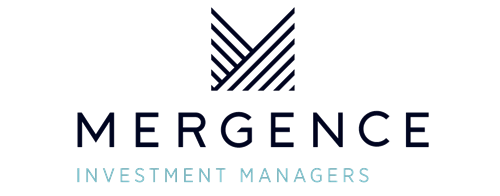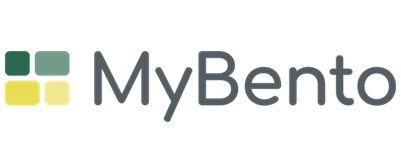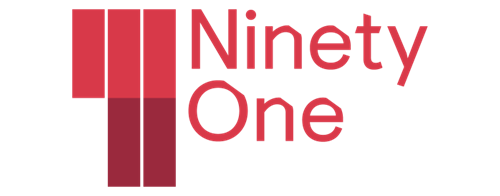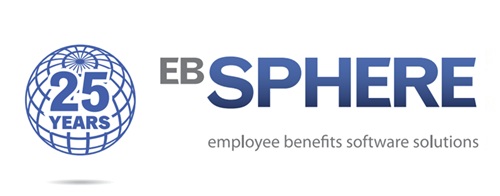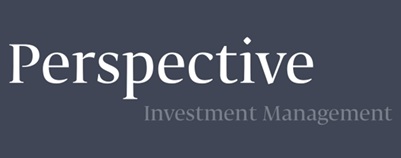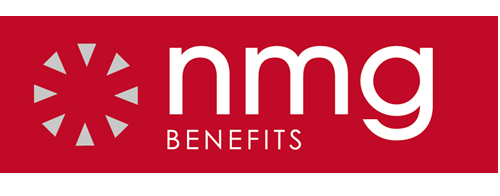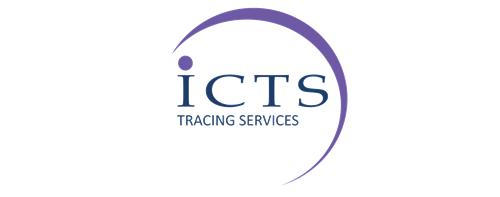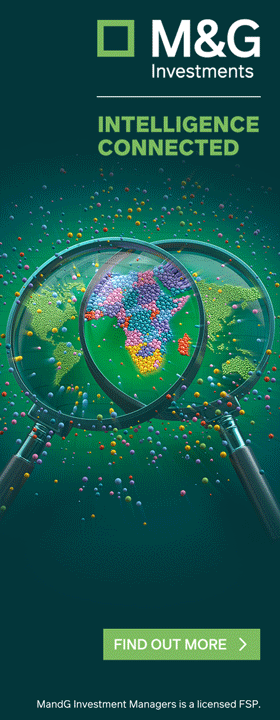Terence Tobin, Certified Financial Planner®, at Rich Ideas
This discussion comes up often, both in my practice and all over social media too. When considering investing, we all want to see our money grow, that is the point. However, there is no such thing as a free lunch, and that means there are layers of fees on all investment products.
Understanding investment fees is crucial. Fees can eat into your returns and affect long-term outcomes, but many investors struggle to determine what is reasonable.
What is reasonable for one, is going to be unreasonable for another, therefore what I am sharing below is what I feel is best practice and fair to all concerned. Remember that provide service, research, development and advice comes at a cost.
Let’s break down the different fees associated with retail investment products and provide guidance on what to look out for.
Types of Investment Fees
1. Asset management fees
These are the costs associated with managing an investment fund. They include:
- Fund management fees – Charged by the asset manager for selecting and managing your portfolio, such as your unit trust manager or ETF provider.
- Performance fees – Additional fees if the fund outperforms a specific benchmark. Watch out for these and how they are charged.
Example: If a unit trust charges a 1.5% annual fee and an additional 20% of outperformance above a benchmark, investors must ensure they are comfortable with these costs and what the benchmark is. I have seen many times, that the benchmarks are rather low, which almost guarantees the outperformance fee is levied.
2. Advice fees
These fees are paid to financial advisors for investment guidance, managing your behaviour and assisting you advice related matters for your investments. They include:
- Initial advice fees – A once-off fee for setting up an investment (up to 3%).
- Ongoing advice fees – A percentage of assets under management (up to 1.5% per annum).
Pros: Good advice can lead to better financial decisions and help prevent emotional decisions. This fee is something that you should understand with your adviser, and it should be shown in rand terms. Too often, I have clients who question or complain about the percentage they see, but when converted to rands, they realise that is seldom expensive.
Cons: High fees without value-added services can erode returns; ensure you discuss this with your adviser on annual review.
3. Administration fees
These cover the costs of record-keeping, compliance, a website for your view and interact with your portfolio as well as reporting for investment products. They can be fixed or a percentage of assets. More assets at one provider, often gives the investor lower fees overall. Ask them about their family pricing options.
4. Other Fees (Marketing, Distribution, etc.)
These fees may be included in product pricing and can be difficult to identify. Some investment products charge hidden costs under distribution or marketing fees, which add to the overall expense ratio. If you see other, interrogate what it is and ensure you understand all the terms and conditions that apply.
What’s reasonable for common investment products?
1. Tax-Free Savings Accounts (TFSAs)
-
- Investment fees: 0.5% – 1%
- Advice fees: 0% – 1%
- Administration fees: 0% – 0.5%
- Other: 0%
Tip: Avoid expensive actively managed funds in a TFSA to maximise tax-free growth.
2. Retirement Annuities (RAs)
-
- Investment fees: 0.5% – 2.5%
- Advice fees: 0.5% – 1.5%
- Administration fees: 0.3% – 0.5%
- Other: 0% – 0.5%
Watch out for: Older RAs with high-cost structures that eat into long-term returns.
3. Unit Trusts & Exchange-Traded Funds (ETFs)
-
- Investment fees: 0.3% – 3%
- Advice fees: 0% – 1.5%
- Administration fees: 0.25% – 0.5%
- Other: 0% – 0.5%
Lower-cost alternative: ETFs usually have lower fees than actively managed unit trusts.
Final thoughts: How to Evaluate Fees
- Compare across providers – Don’t accept the first offer, shop around.
- Consider the value provided – If paying for advice, ensure it adds value.
- Understand compound effects – Small fees add up over time.
- Check for hidden costs – Read the fine print and ask questions.
Knowing what is reasonable can help investors make informed choices and maximise their long-term returns. Transparency in fees is essential, and asking the right questions can prevent costly mistakes.
In closing, depending on your product, fund selection and advice level required, your EAC should be around 2% per annum.
ENDS





